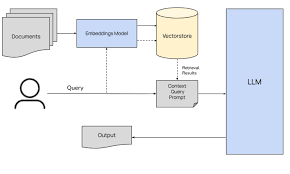Map() vs Apply() vs ApplyMap() Functions
How do I apply a function to a Pandas Series or Data Frame?
There are 3 way to apply function.
1. Map()
Map is a series Method. Map allows you to map a existing value of a series to a different set of values.
Lets say you need to create dummy variable for Column sex.
Male, Female that is we need to translate male to 0 and female to 1.
Example: Dataframe['sex'] = Datafrmae.sex.map({'female':0,'male':1})
map will assign or map numerical values to respective strings in dictionary.
2. Apply()
Apply is a usually both series method and Data Frame method.
Apply as Series method:
It will apply a function to a each element in a series.
Example: If I want to calculate length of each string in name column,
Dataframe['Namelength'] = Dataframe.Name.apply(len)
This is Apply as a series method applying to each element in series to calculate length.
Apply as Data Frame method:
It apply a function along with either access of a Data Frame.
Example: Dataframe[: ,'name'].apply(max , axis=0)
This will apply max function vertically column wise.
when axis =1 than max function applying horizontally.
.png)

.png)
This comment has been removed by the author.
ReplyDelete